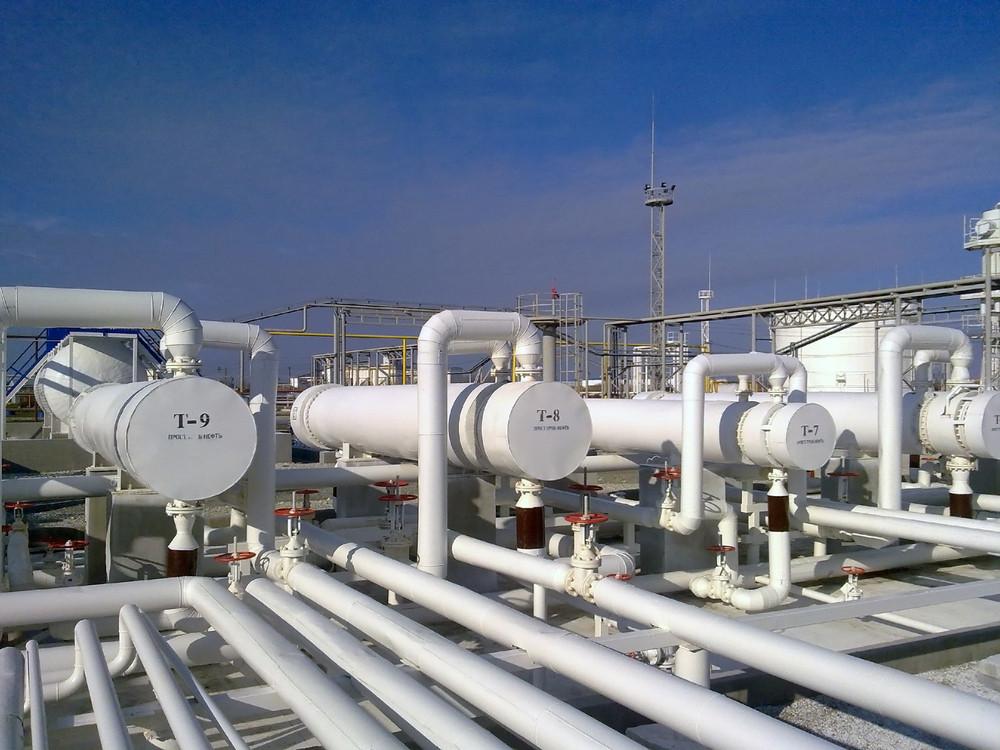
Storage tanks are containers that carry liquids, compressed gases, or substances used to store heat or cold for short or extended periods. Reservoirs and manufactured containers both fall under this category. Two major types of storage tanks exist: Aboveground Storage Tanks and Underground Storage Tanks.
What Is an Aboveground Storage Tank?
A range of liquids, from wastewater to petrochemicals, are stored in aboveground storage tanks (ASTs). Because most ASTs contain combustible or dangerous materials, the federal government has developed stringent aboveground storage tank restrictions to limit or eliminate worker harm and environmental damage resulting from an explosion or spill.
What Is an Underground Storage Tank?
A tank (or a combination of tanks) and an underground pipe system with at least 10% of its combined volume underground is known as an underground storage tank (UST) system. The tank, underground associated pipework, subterranean auxiliary equipment, and any containment vessel are all part of the tank system.
Only UST systems holding petroleum or certain hazardous compounds are subject to federal UST rules. Underground storage tanks of 110 gallons or less are not subject to federal rules, according to the Environmental Protection Agency. Storage tanks that are 110 gallons or less aren't the only tanks that are exempt. The following tank types are also exempted:
- Farm and residential tanks with a capacity of 1,100 gallons or less that contain noncommercial motor gasoline
- Tanks for holding heating oil, which are utilized on the premises where it is kept.
- Tanks that are located on or above the floor of underground locations such as basements or tunnels.
- Stormwater and wastewater collection septic tanks and systems.
- Flow-through process tanks
Responsibilities of a UST Operator or Owner
All USTs subject to federal regulation must:
- Register with the proper regulatory body.
- Meet the standards for leak detection
- Protect against spills, overfilling, and rusting.
Furthermore, owners and operators are required to:
- Comply with all financial obligations
- In the event of a leak, spill, or overfill, do a site inspection and take corrective action.
- Maintain the necessary records.
- Have corrosion prevention and leak detection systems inspected on a regular basis.
Responsibilities of Aboveground Storage Tanks
- For AST installations, secondary protection, as well as adequate freeboard to contain precipitation of stored liquids for the whole contents of the biggest single container, is required.
- Each tank container must be checked on a regular basis or whenever repairs are done.
- In addition, comparative records should be kept for future inspections as a reference. Container supports, foundations, and exteriors must be examined on a regular basis for corrosion, discharges, or oil accumulation.
Do you need the installation of water storage tank liners for your tank? Contact us for expert installation of water storage tank liners for your tank.
